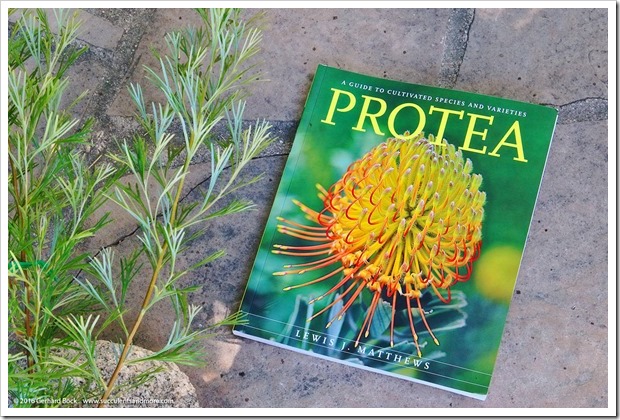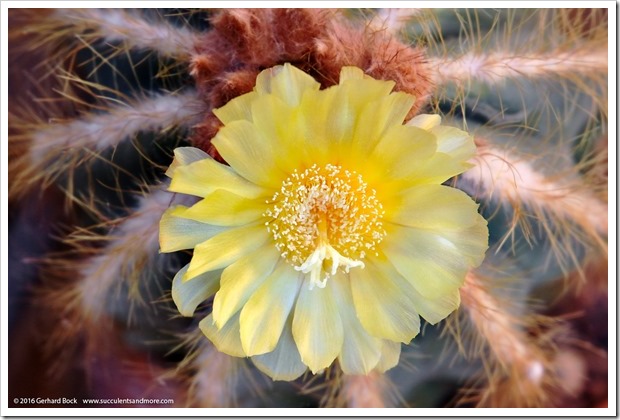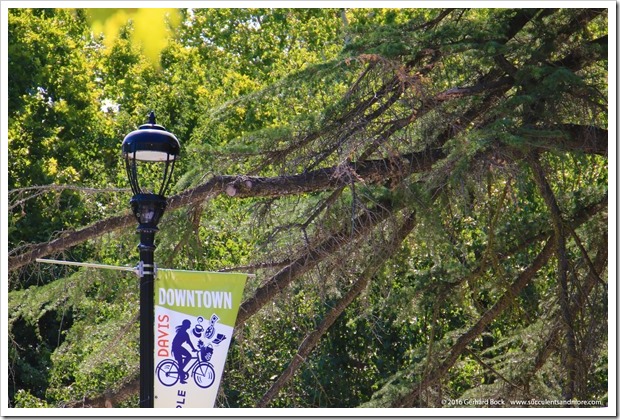Desert Garden at The Huntington: New World

In my previous post I covered the Old World section of the Huntington Desert Garden. It’s located near the top of a rise, adjacent to the Desert Garden Conservatory . From here the land gently slopes downward towards the New World section. On a cold night, the temperature difference between the top of the rise and the bottom can be as much as five degrees (source: The Botanical Gardens at the Huntington , see below). This greatly benefits the aloes, planted higher up. The cacti and other New World succulents planted further down the slope are apparently better able to handle the colder temperatures—not that it ever gets truly cold in Pasadena (zone 10a). Teaser of what you’re going to see in this post










